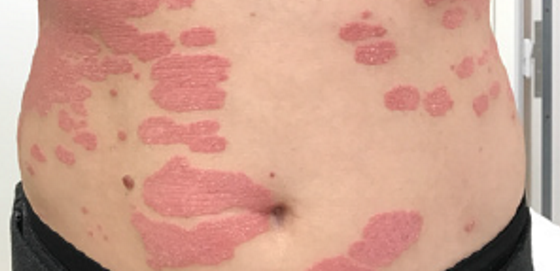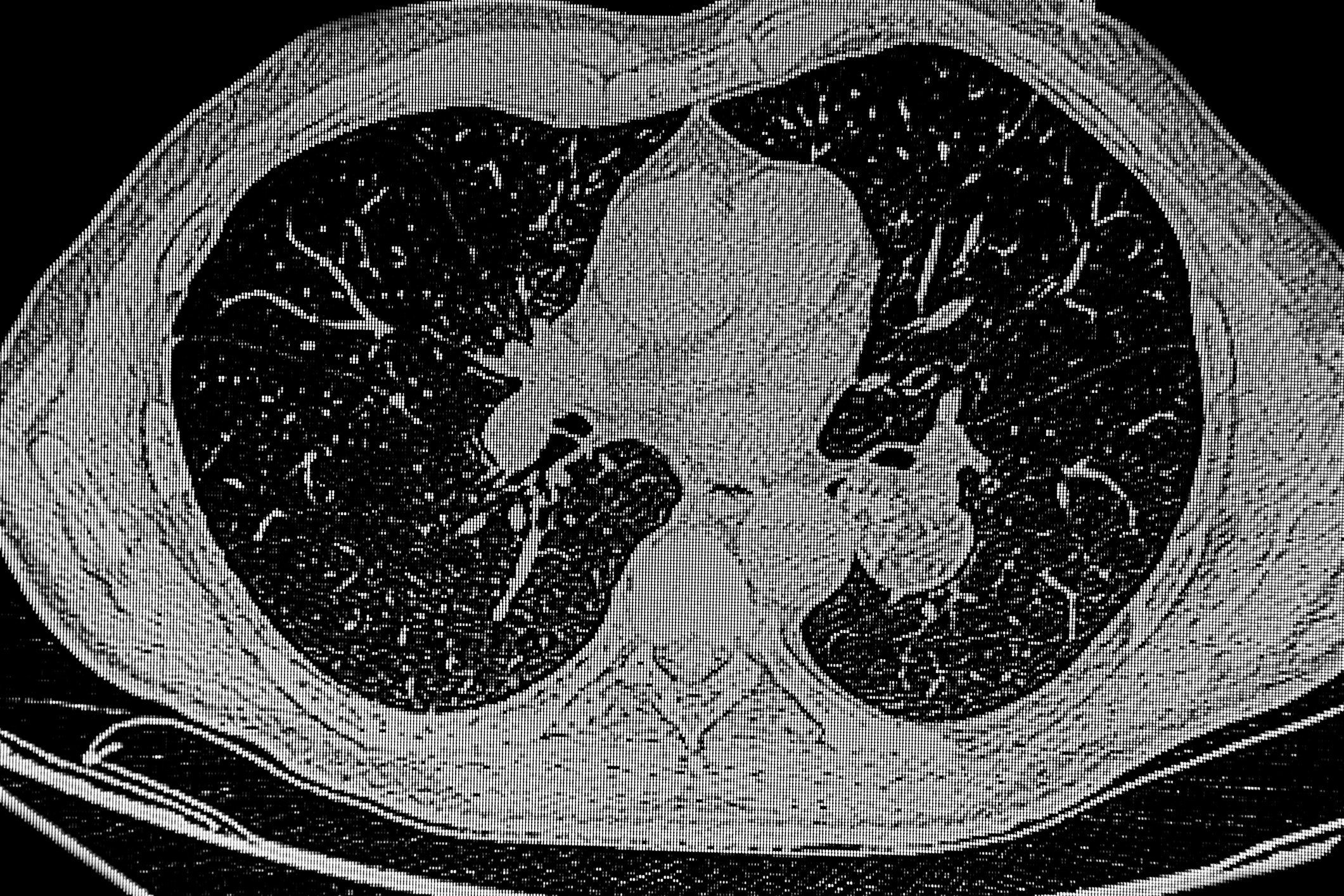Approximately 40% of patients with type 2 diabetes mellitus (T2DM) develop diabetic kidney disease, which contributes to increased cardiovascular and mortality risk [1, 2]. This makes it all the more important to reduce renal risk in addition to blood glucose levels and cardiovascular risk. This is made possible by the broad use of an SGLT-2 inhibitor [3].
Canagliflozin (Invokana
®
) is the first SGLT-2 inhibitor in Switzerland that, in addition to lowering blood glucose and preventing cardiovascular events, can also be used to reduce the risk of progression to diabetic kidney disease in adult patients with T2DM and albuminuria (ACR>300 mg/g) [3, 4].
CREDENCE study shows nephroprotective effect of canagliflozin
The indication expansion for canagliflozin is based on the randomized, double-blind, multicenter phase III CREDENCE trial of 4,401 patients who had albuminuric chronic kidney disease, i.e., severely increased renal risk, in addition to T2DM [5]. Here, compared with placebo, canagliflozin reduced the risk of the primary composite endpoint of end-stage renal failure, doubling of serum creatinine levels, and death from a cardiovascular or renal cause by 30% after a median of 2.62 years (HR 0.7; 95% CI: 0.59 – 0.82; P = 0.00001) [5]. Due to the positive results, the CREDENCE trial was terminated early [5].
Subgroup analyses of the CREDENCE study imply wide range of use
Three secondary analyses of the CREDENCE trial demonstrated that the beneficial effects of canagliflozin were independent of patients’ initial glomerular filtration rate (eGFR), presence of cardiovascular disease, or baseline HbA1c level [6-8]. This makes canagliflozin suitable for broad use in a wide range of diabetic patient groups.
Canagliflozin protects heart and kidney in all eGFR subgroups
Patients included in the CREDENCE trial had a wide range of eGFR output, with values ranging from 20 to < 90 ml/min/1.73m2 [5]. In all eGFR subgroups, there was a benefit of canagliflozin versus placebo with respect to the primary composite endpoint as well as the renal-specific composite endpoint (end-stage renal disease, doubling of serum creatinine levels, and death from a renal cause) (Table 1) [6]. A particularly large absolute benefit was seen in patients with low eGFR, those at higher risk [6].
In addition, in all eGFR subgroups, the risk of major cardiac complications (cardiovascular death, myocardial infarction, or stroke, Table 1) and hospitalization for heart failure was reduced with canagliflozin compared with placebo [6]. With regard to the safety profile of canagliflozin, no differences were observed depending on eGFR [6].
| eGFR (ml/min/1.73m 2 ) |
30 – <45 | 45 – <60 | 60 – <90 | |||
| Canagliflozin | Placebo | Canagliflozin | Placebo | Canagliflozin | Placebo | |
| Primary composite endpoint 1 |
72.2 | 95.4 | 33.4 | 63.1 | 29.9 | 36.5 |
| HR 0.75
(95% CI: 0.59 – 0.95) |
HR 0.52
(95% CI: 0.38 – 0.72) |
HR 0.82
(95% CI: 0.60 – 1.12) |
||||
| P-value for interaction: 0.11 | ||||||
| Severe cardiac complications 2 |
47.2 | 61.7 | 36.5 | 49.1 | 34.2 | 39.2 |
| HR 0.77
(95% CI: 0.57 – 1.03) |
HR 0.74
(95% CI: 0.53 – 1.04) |
HR 0.88
(95% CI: 0.65 – 1.19) |
||||
| P-value for interaction: 0.57 | ||||||
Table 1: Efficacy of canagliflozin by eGFR subgroup in events/1,000 patient-years (adapted from [6]).
1
End-stage renal disease, doubling of serum creatinine levels, and death due to a cardiovascular or renal cause
Cangliflozin works in cardiovascular primary and secondary prevention*.
The cardiovascular risk of patients with chronic kidney disease is considered high regardless of the presence of prior cardiovascular disease [7]. That canagliflozin can effectively reduce the risk of major cardiac complications in both primary and secondary prevention was shown by another subgroup analysis of the CREDENCE trial (Table 2) [7]. And the risk for the renal composite endpoint and the composite endpoint of cardiovascular death (Table 2) and hospitalization for heart failure was also comparably reduced in both patient groups with canagliflozin [7].
| Primary prevention | Secondary prevention | |||
| Canagliflozin | Placebo | Canagliflozin | Placebo | |
| Primary composite endpoint 1 |
39.5 | 57.4 | 46.8 | 65.1 |
| HR 0.69
(95% CI: 0.54 – 0.88) |
HR 0.70
(95% CI: 0.56 – 0.88) |
|||
| P-value for interaction: 0.91 | ||||
| Severe cardiac complications 2 |
22.0 | 32.7 | 55.6 | 65.0 |
| HR 0.68
(95% CI: 0.41 – 0.89) |
HR 0.85
(95% CI: 0.69 – 1.06) |
|||
| P-value for interaction: 0.25 | ||||
Table 2: Efficacy of canagliflozin in primary and secondary prevention in events/1,000 patient-years (adapted from [7]).
Positive effects under canagliflozin are independent of HbA1c level
At the start of the CREDENCE trial, participants had HbA1c values ranging from 6.5% to 12% [5]. Here, treatment with canagliflozin reduced the risk for the primary composite endpoint (Table 3) and the risk for cardiovascular death, hospitalization for heart failure, and serious cardiac complications (Table 3) to a comparable extent, regardless of baseline HbA1c level [8]. No differences were found with regard to the risk of adverse effects and other safety events [8].
| HbA1c | <7% | 7% – <8% | ≥8% | |||
| Canagliflozin | Placebo | Canagliflozin | Placebo | Canagliflozin | Placebo | |
| Primary composite endpoint 1 |
39.2 | 59.8 | 44.8 | 52.3 | 43.0 | 66.8 |
| HR 0.63
(95% CI: 0.41 – 0.98) |
HR 0.84
(95% CI: 0.63 – 1.13) |
HR 0.63
(95% CI: 0.51 – 0.79) |
||||
| P-value for interaction: 0.277 | ||||||
| Severe cardiac complications 2 |
29.8 | 29.3 | 32.9 | 42.1 | 44.5 | 58.1 |
| HR 0.98
(95% CI: 0.56 – 1.71) |
HR 0.77
(95% CI: 0.55 – 1.09) |
HR 0.76
(95% CI: 0.61 – 0.96) |
||||
| P-value for interaction: 0.633 | ||||||
Table 3: Efficacy of canagliflozin according to baseline HbA1c value in events/1,000 patient-years (adapted from [7, 8]).
2
cardiovascular death, myocardial infarction or stroke
Conclusion
Canagliflozin was the first SGLT-2 inhibitor for which a renal endpoint study was available with CREDENCE [5]. From this, it appears that canagliflozin has not only cardioprotective but also nephroprotective effects [5]. The results of diverse subgroup analyses suggest that a large number of patients with T2DM may benefit from canagliflozin, regardless of their eGFR, presence of prior cardiovascular disease*, or baseline HbA1c level [6-8].
* Canagliflozin is not currently approved for the primary prevention of cardiovascular events (see the current SmPC at www.swissmedicinfo.ch).
Literature
- Afkarian M et al. Kidney disease and increased mortality risk in type 2 diabetes. J Am Soc Nephrol, 2013. 24(2): p. 302-8.
- Alicic RZ et al. Diabetic Kidney Disease: Challenges, Progress, and Possibilities. Clin J Am Soc Nephrol, 2017. 12(12): p. 2032-2045.
- Current technical information Invokana
®
. www.swissmedicinfo.ch. - List of approved medicinal products for human use. Viewable at https://www.swissmedic.ch/swissmedic/de/home/services/listen_neu.html#-257211596. Last accessed: 23.09.2020.
- Perkovic V et al. Canagliflozin and Renal Outcomes in Type 2 Diabetes and Nephropathy. N Engl J Med, 2019. 380(24): p. 2295-2306.
- Jardine MJ et al. Renal, Cardiovascular, and Safety Outcomes of Canagliflozin by Baseline Kidney Function: A Secondary Analysis of the CREDENCE Randomized Trial. J Am Soc Nephrol, 2020. 31(5): p. 1128-1139.
- Mahaffey KW et al. Canagliflozin and Cardiovascular and Renal Outcomes in Type 2 Diabetes Mellitus and Chronic Kidney Disease in Primary and Secondary Cardiovascular Prevention Groups. Circulation, 2019. 140(9): p. 739-750.
- Cannon CP et al. Evaluating the Effects of Canagliflozin on Cardiovascular and Renal Events in Patients With Type 2 Diabetes Mellitus and Chronic Kidney Disease According to Baseline HbA1c, Including Those With HbA1c <7%: Results From the CREDENCE Trial. Circulation, 2020. 141(5): p. 407-410.
This article was written with financial support from Mundipharma Medical Company, Basel Branch.
INV_2020_9_33_E












